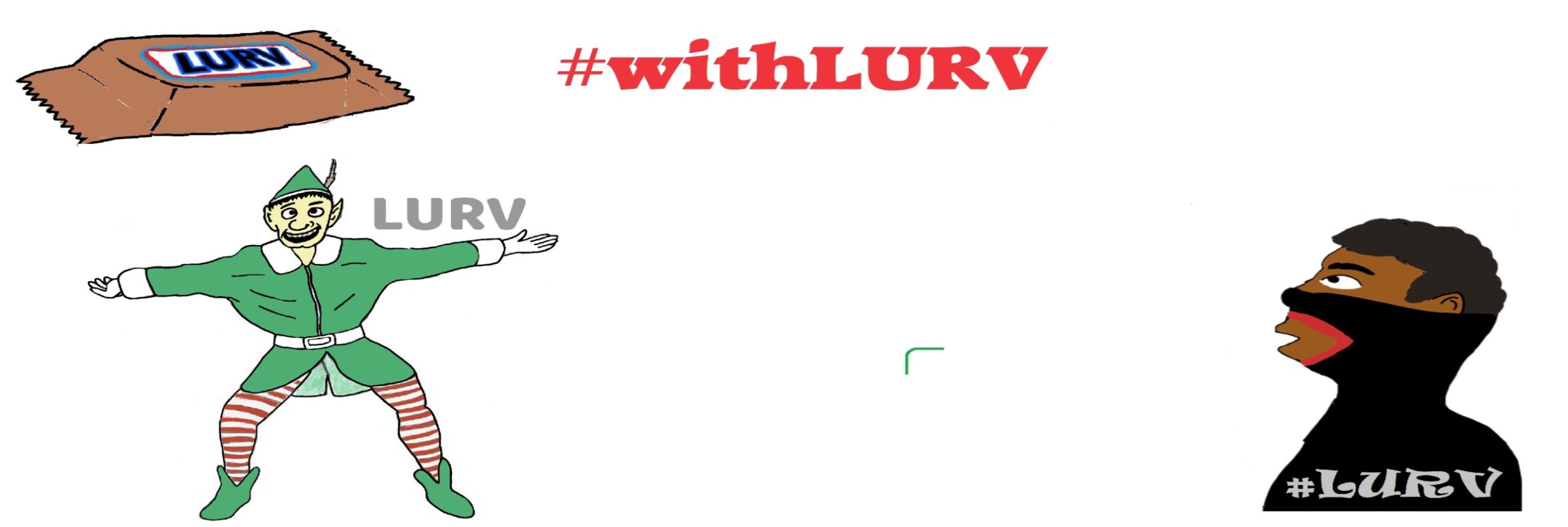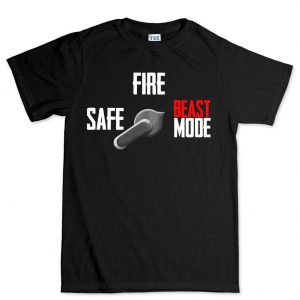This is an “as-told-to”: The nearly-real time chronicle of a first-time truck owner.
Keep in mind that this is all said from a general point of view. Simply to give you an idea of what owning a truck is really like.
Some of the numbers aren’t accurate but ballpark figures. It’s just to give the 2018-19 aspiring truck owner an idea of what’s going on out here.
I needed something like this when I started and couldn’t really locate it online. I wanted someone to break down normal and unexpected expenses, and to give a range of the money an o-o brings home once everything is settled… wanted some kind of “o-o primer.” So, here we are, imperfect but genuine.
In my move from company man to owner operator, I bought a 2011 International. Then, I brought that truck back to my employer’s yard.
Our o-o’s who choose to park at work, and company trucks, are both kept in the same area. The company trucks are mostly Ryder and Penske. The International was a white truck, same as most of the rental/lease company trucks. In fact, my new-to-me truck was a bit too much like a company truck.
Some company driver had the wrong key. Somehow a Ryder/Penske key opened my door.
When I was over the road, I was told that keys would sometimes open other trucks of the same make. That’s what happened here.
The only thing was, this coworker of mine tried to jam that key into my ignition. It didn’t fit, of course, and he tried to force. In a short time, that driver had broken his key off in the ignition.
Keep in mind that I had not delivered a single load in that truck. All I’d done was put in a downpayment, sign my life away in paperwork, and taken delivery of the truck. I was now waiting for more paperwork to be completed between me and my employer and the Departments of Motor Vehicles in at least two states, and whomever else wanted a piece of me.
Waiting for paperwork to come through “the pipeline,” and this meat comes along and breaks a key off in my truck. I showed up to tinker around with #906, and the space is empty. The company had it towed away to repair the ignition. But nobody called me.
During all this, the company also deducted more than $250 for a fuel up fifteen hundred miles away. They were accustomed to company drivers using the in-house lease program to get trucks. Except I’d gone out on my own. Somehow, I’d been billed for a fueling near the company’s pet truck dealer. Only problem was that I hadn’t been in that area in three years. I had to run down someone in billing to put my money back… This is just to give a clue of the strange, and sometimes crooked happenings in the truck game.
That old quote attributed to Ronald Reagan, “Trust but verify,” applies in trucking, every single time.
Part memoir, part tall tale, part instructional manual: Check Your Tandems is told first-, second- and thirdhand from the perspective of truck drivers, from newbie “greenhorns” to seasoned professionals.
I had some big questions once I found out what happened. You might be thinking some of the same questions: How did that driver not take note of a truck with no DOT number, no company name wrap nor logo?
There are basic things you need, written on the side of a truck, to even drive one all around.
I never even knew which driver it was that broke the key off. Probably wouldn’t know him if you pointed him out. A fellow driver heard about this, and said through gritted teeth, “I would have been LIVID.” All I know is that the guy who did it ended up paying $177 to have a locksmith and truck repair to put it right.
But let me rewind. The wrong key thing came in the middle of paperwork snafus and delays. I got several calls and email, all throughout the process of qualifying for and purchasing the truck, saying some version of “There is one more piece of paperwork you need to show us.”
Between the dealer, the truck’s bank, your personal bank, and the insurance, be prepared to set aside room for all the paperwork. The paperwork concerning all things truck is essential. Keep every receipt automatically until it’s determined you can’t use it or don’t need it. You need to keep up with due dates and new rules.
A potential first-time owner operator better be ready for all the things that he doesn’t know. That seems counterproductive: How can you be ready for something you don’t know exists? My response: Exactly.
It’s almost too basic, but remember:
Keep a record of EVERYTHING.
Nutshell of how I ended up in a truck:
Was referred to an actual financing company. My credit was not so much bad as nonexistent. I was a cash and carry boy. Already had been turned down by all but the “gotcha, sucker” type financing that would have me paying $75,000 for a $30,000 truck.
The financing company steered me to one of their pet truck dealers. I inspected the dealer’s small, well-maintained inventory and selected the International ProStar, 13-speed. I was assigned #906. Then along came a sleepy driver, holding the wrong key…
Slipseat trucking Dumb car tricks
Averaging about 2,200-2,500 miles per week at this point.
Was considering this a kind of feeling-it-out period. #906 was a pretty strong truck and I had been keeping it off of the largest hills so far, when I could. The previous owners had governed the truck at 70 mph and I’d kept it there for the time being. Maybe I’d open it up in the near future.
Turned out there was no need to baby the truck. On the second Friday after the purchase of #906, a radiator hose blew out. I was only 30 miles into my load.
I had options. [a], I needed remote repair assistance. Or, [b], I could call dispatch and arrange for another company driver or o-o to grab-and-go my load. Meanwhile, a tow truck would pull me to a shop somewhere. “Maybe we’ll get to it by midnight,” the local International dealership told me by phone.
I chose [a] and fired up a search online, for roadside assistance. I wanted the most favorable rates, combined with the quickest service. I dialed five different places with varying results.
A place called Woods was the winner this time. What were the rates? $75 for call-out. Plus: $150 per hour. Plus: $1.50 per mile that the repairman drove. He ended up seeing the problem, driving back to his place, and then back to me.
Ever notice the mesh-type sleeve around radiator hoses? Now I knew what that was: The sleeve was a warning system. When the hose bulges, the mesh sleeve does, too. When the radiator hose cools and shrinks back, the sleeve is still disturbed. I had noticed the slightly disturbed sleeve at the time of truck purchase. Except, I didn’t know what I was looking at. If there was a next time, I would know better.
I was learning a few other things: You need to narrow things down. Time is not always money, but time is valuable. The next time I needed a roadside repair, in that area of the world, I would know who to call.
First repair on day 6 of operation. Roadside service. Burst radiator hose. There is a kind of mesh sleeve that fits around the radiator. The best I could figure is that the sleeve will expand with a bulging radiator hose, and then when the hose shrinks the mesh is “broken” or better yet, stretched. That makes it apparent that there may be a danger of bursting. Feel free to correct if I was mistaken.
At the advice of a seasoned operator, I started selecting tools of all kinds to keep in my truck’s sidecars. This particular driver told me that he even had items such as a 20-ton jack.
I admit that my first truck was partly a result of despising slipseat trucking. Mostly, I was looking at having more options. Of course, that meant more responsibility, etc… All you can do as a new owner is, take other drivers’ warning with a grain of salt. But take them anyway. Someone will have just the right thing to say.
The following is merely a representation of various costs during a given time period… about a week.
Fuel=$1220
The truck seller had given me the truck with about an 1/8th of a tank. You’ve got to pay attention to so many ways that people can leave you hanging in the trucking industry. My first fueling was of forty dollars, just to make it 120 miles to my terminal… the company leased under has a surcharge attached, plus discounts if the terminal pumps are used to fill up… during the second quarter of 2018, the places where 906 drank ranged in diesel price from $2.98-$3.11.
Escrow=$100
This is company escrow, which is separate from personal.
Repair: radiator hose=$550
Eating into repair escrow already. Under a load and needed a mobile fix-it man. Roadside service: $50+ mileage charge. Callout fee $75. Labor, $150+. Parts, $175+… included in this category is maintenance items like extra coolant and general things like plastic fastener ties and adhesive tapes.
Overweight ticket=$100
There was a late-night choice between taking a side route to avoid scales, and staying on the big road to beat the ELD. The second choice bit, hard.
Take-home=$1,900
Now, this was after all the costs listed, plus all of the random little costs that were too numerous to mention at this stage. Company paid for the tags and money was siphoned off to pay them back, at $250/week… Company rate was $1.05+fuel surcharge. Could have made more going over the road in my own truck. But losing money was worth it for daily family time. If I was still single, at the time of the truck purchase, the decision would have been different.
The very first load was a two-stop roundtrip of just under 400 miles. Been told to expect that the costs to get started were high? They are.
You can ask all the truckers you want about what to do with your own truck. I found out before I even got #906: There are a lot of things that you are just going to have to experience on your own.
I often remember my tractor trailer driving school instructors. These guys gave us, the students, these looks sometimes that seemed to say, “You have no idea what you’re getting into.” they couldn’t break it down to tell us. They barely had enough time to teach us to manuever the big truck without killing people.
As a new operator, actually driving the truck becomes the simplest part of your day.



